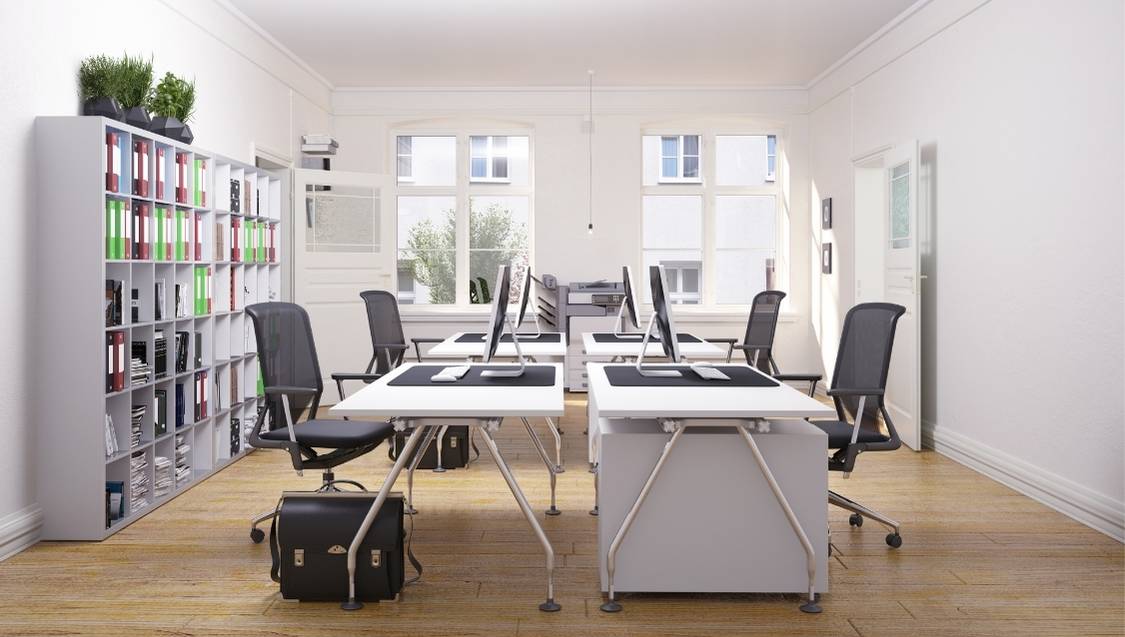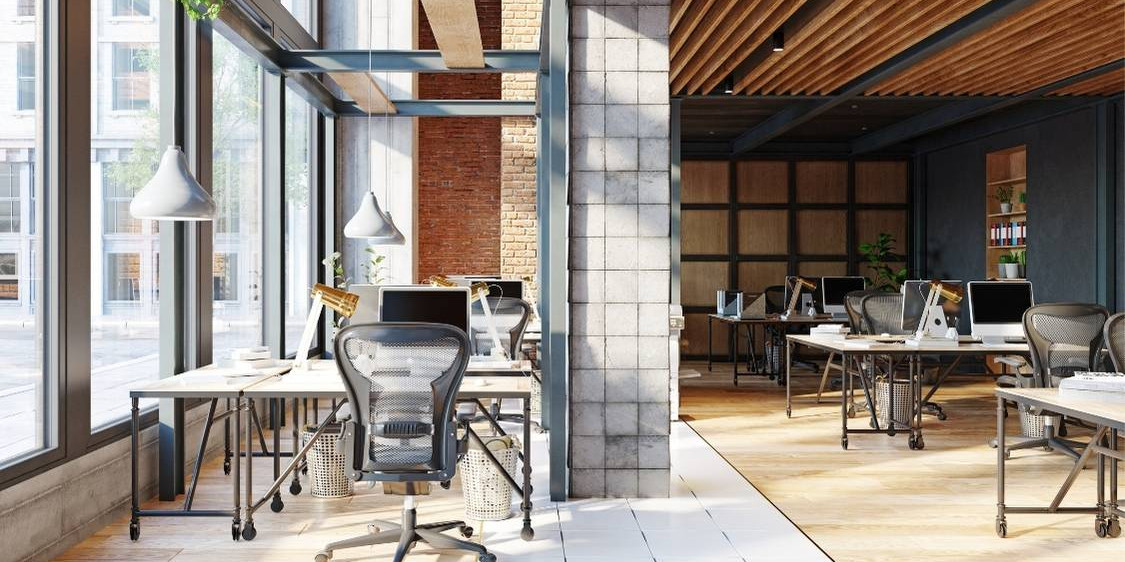The global shift toward hybrid work has permanently changed how organizations define the office. No longer a fixed physical destination, the modern workplace has evolved into a dynamic network of spaces, tools, and experiences that support productivity wherever employees are.
Hybrid work isn’t a temporary adjustment — it’s a fundamental restructuring of business culture, real estate strategy, and digital infrastructure.
1. The End of the Traditional Office Model
Before 2020, offices were built around presence. Productivity was measured by visibility, not outcomes. That era is gone. Today, companies recognize that performance thrives on flexibility, autonomy, and trust — not proximity.
The modern office is becoming a hub for collaboration, innovation, and culture, while focused work increasingly happens remotely. This redefinition allows organizations to align physical space with purpose rather than routine.
2. Redesigning Space Around Experience, Not Occupancy
In the hybrid era, space design starts with experience mapping — understanding how employees move, interact, and create value. Traditional cubicles are being replaced with modular zones, such as:
- Focus pods for deep, distraction-free work
- Collaboration lounges for brainstorming sessions
- Hybrid meeting suites with integrated video technology
This evolution reflects a deeper truth: the office’s role is no longer to house people, but to connect them meaningfully.

3. The Technology Backbone of Hybrid Work
Technology is the infrastructure that sustains hybrid work. Cloud-based systems, virtual meeting platforms, and smart office solutions enable seamless communication between remote and in-office employees.
Advanced organizations are adopting IoT-enabled offices, AI scheduling assistants, and data-driven space utilization tools that optimize resources and enhance productivity.
In this new landscape, the digital office is just as vital as the physical one.
4. The New Metrics of Workplace Success
In a hybrid environment, success isn’t measured by time spent in the office — it’s measured by engagement, output, and innovation.
Companies are shifting from attendance tracking to performance analytics, focusing on employee satisfaction, cross-team collaboration, and efficiency metrics. This shift signals a broader transformation: the office is no longer a control center but a strategic enabler of creativity and well-being.
5. Culture Without Walls
One of the biggest challenges of hybrid work is preserving company culture. Physical proximity once made culture tangible — now, leaders must intentionally design cultural touchpoints across digital and physical channels.
This means integrating rituals, communication rhythms, and hybrid events that maintain cohesion. The strongest organizations see hybrid culture as an opportunity to build a more inclusive, flexible, and globally connected workforce.

6. The Strategic Value of Hybrid Office Design
Hybrid offices reduce overhead, enhance employee satisfaction, and expand access to talent. They allow businesses to adapt in real time — scaling space according to team needs and market dynamics.
For many enterprises, this means adopting flexible leasing models, investing in smart office infrastructure, and redefining real estate as a strategic, fluid asset rather than a fixed cost.
Conclusion: The Office Isn’t Dead — It’s Smarter
Hybrid work has not eliminated the office; it has elevated its purpose. The future belongs to organizations that see the workplace not as a location, but as an ecosystem — one that balances flexibility, connectivity, and human experience.
The modern office is no longer where work happens — it’s where innovation begins.



